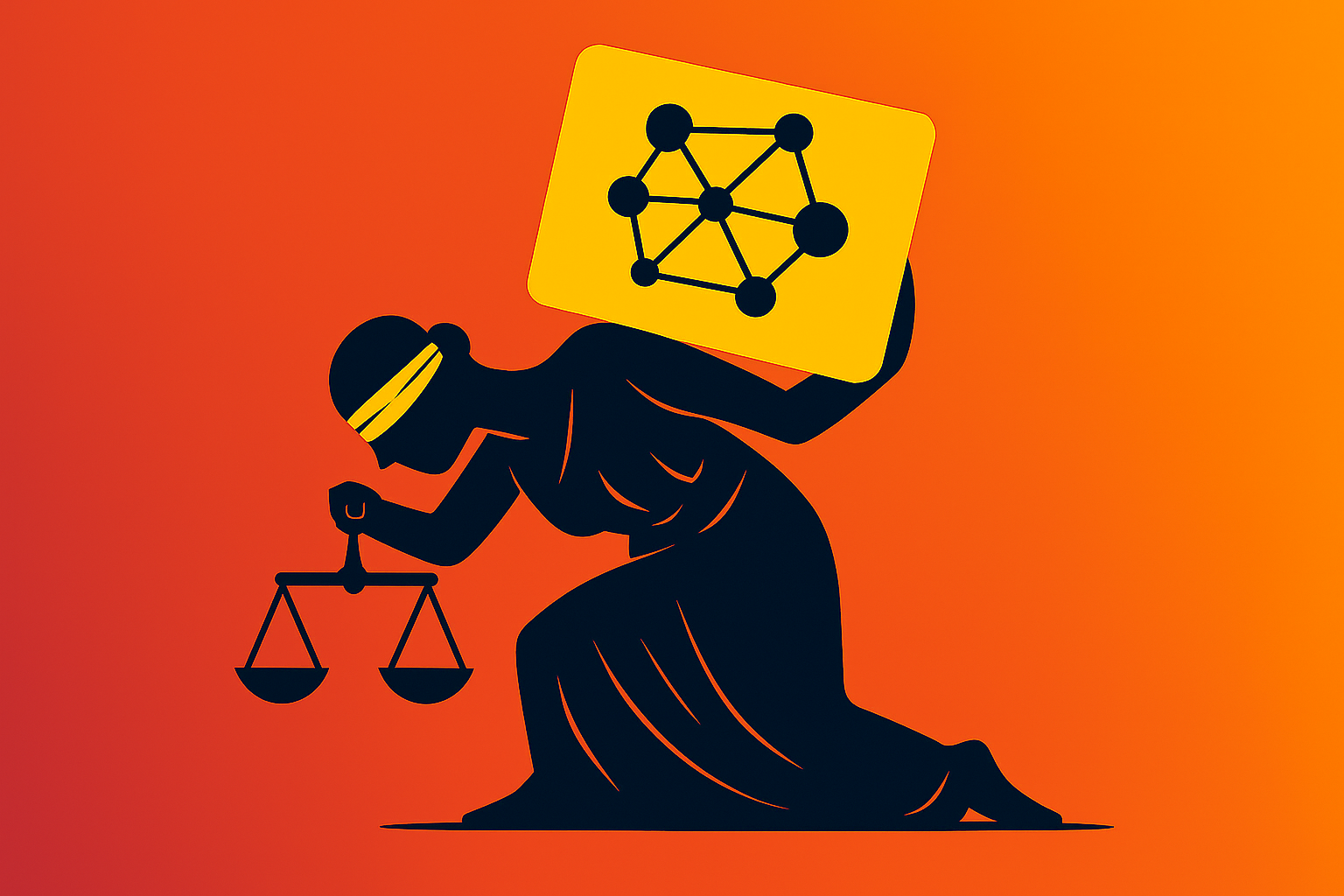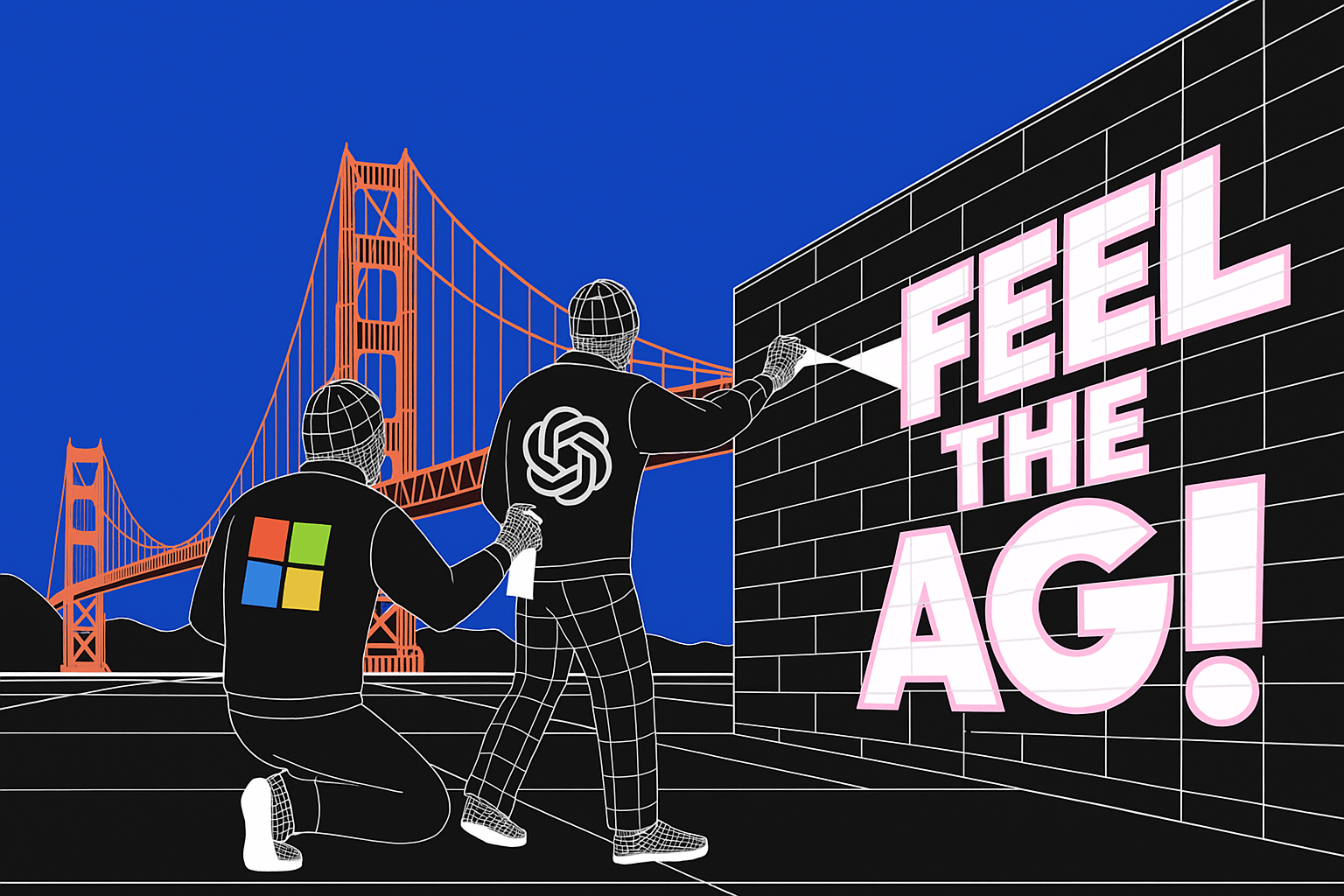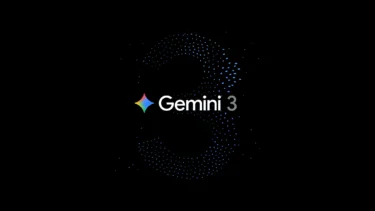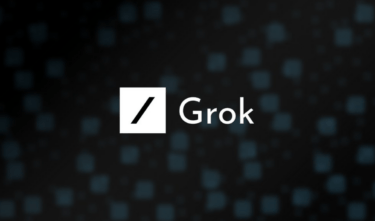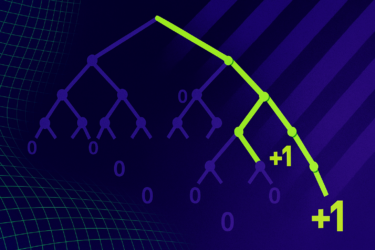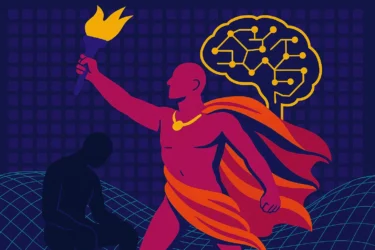Microsoft, Nvidia, and Anthropic have unveiled a set of new strategic partnerships valued at 45 billion dollars. Anthropic plans to scale its Claude models on Microsoft Azure and has agreed to purchase 30 billion dollars in Azure compute capacity, plus up to one gigawatt of additional capacity. As part of the deal, Nvidia and Anthropic are collaborating closely for the first time on model design and engineering, tuning Claude for Nvidia's architectures. The compute stack includes Nvidia's Grace Blackwell and Vera Rubin systems. Nvidia is investing up to 10 billion dollars in Anthropic, while Microsoft is investing up to 5 billion dollars.
Microsoft Foundry customers will gain access to Claude models like Claude Sonnet 4.5, Claude Opus 4.1, and Claude Haiku 4.5. With this move, Claude becomes the only top-tier model available across all three major cloud platforms. Microsoft also continues using Claude across its Copilot lineup, including GitHub Copilot and Microsoft 365 Copilot. CEOs Dario Amodei, Satya Nadella, and Jensen Huang introduced the partnerships in a ten-minute announcement video.
Thinking Machines Lab, founded by former OpenAI CTO Mira Murati, is looking to raise up to five billion dollars in new funding, according to The Information. That would at least triple the nine-month-old company's existing capital. A second source says the startup is aiming for a valuation of at least 50 billion dollars.
The company previously raised two billion dollars at a ten-billion-dollar valuation from backers including Andreessen Horowitz. The money will support research, new hires, and computing resources. In October, the company launched Tinker, a tool that lets developers customize open AI models. Thinking Machines is also working on a consumer-facing product, potentially a voice-based AI assistant.
Arm and Nvidia plan closer collaboration. Arm says its CPUs will be able to connect directly to Nvidia's AI chips using NVLink Fusion, making it easier for customers to pair Neoverse CPUs with Nvidia GPUs. The move also opens Nvidia's NVLink platform to processors beyond its own lineup.
The partnership targets cloud providers like Amazon, Google, and Microsoft, which increasingly rely on custom Arm chips to cut costs and tailor their systems. Arm licenses chip designs rather than selling its own processors, and the new protocol speeds up data transfers between CPUs and GPUs. Nvidia previously tried to buy Arm in 2020 for 40 billion dollars, but regulators in the United States and the United Kingdom blocked the deal.
Cloudflare is acquiring Replicate and folding its massive model library into Workers AI. The deal pushes Cloudflare's inference platform past 50,000 available models. Replicate users can keep using their existing APIs, while Workers AI users gain access to a far larger catalog along with new fine-tuning options. Both companies plan to bring Replicate's full library to Workers AI and let developers run their own models directly on Cloudflare's network.
Replicate has become a major hub for developers who want easy API access to AI models. Cloudflare brings its global network and serverless inference system to the table. "Together, we’re going to become the default for building AI apps," said Replicate cofounder Ben Firshman. Replicate will stay as an independent brand but operate with Cloudflare's support and infrastructure behind it.
Cloudflare, best known for its DNS services, recently introduced a system that blocks AI crawlers by default and gives website owners more control over how their content is accessed.
Google Deepmind introduced WeatherNext 2, an upgraded version of its AI weather model that the company says outperforms the previous release across 99.9 percent of all meteorological variables and forecast ranges. The system delivers stronger results for core measurements like temperature, wind, and humidity for timeframes from zero to 15 days. According to Google, it also produces forecasts eight times faster and can generate outputs with resolutions as fine as one hour. The model can run hundreds of possible weather scenarios in under a minute on a single TPU, while traditional physics-based systems running on supercomputers would need hours to complete the same task.
Deepmind attributes the model's performance to a new technique called a Functional Generative Network, which injects perturbation signals directly into the architecture to keep predictions physically realistic. WeatherNext is already built into Google Search, Gemini, Pixel Weather, and the Weather API, and Google Maps integration is on the way.
Deepmind has been pushing hard on AI-driven weather research for years. In December 2024, the lab introduced GenCast, a diffusion-based model designed to further improve short-term and medium-range forecasting.

